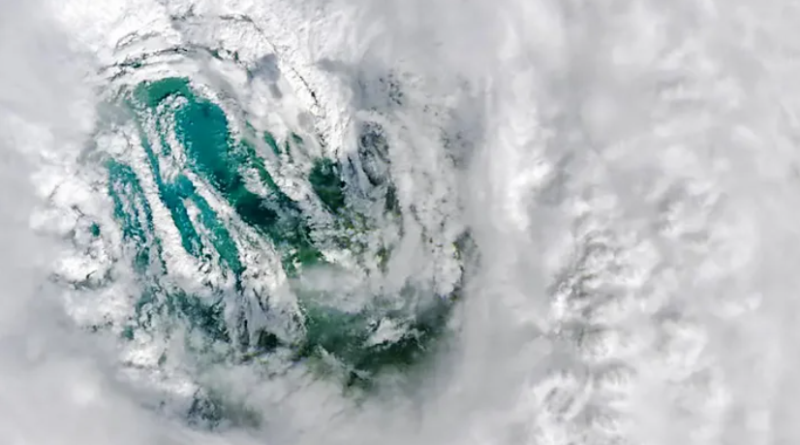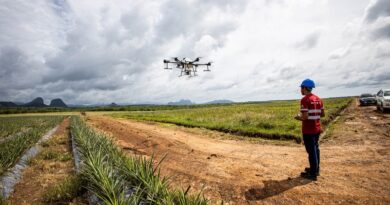‘I wouldn’t wish it on my worst enemy’: The people who work inside the eye of a hurricane
The centre of a hurricane is the focus of its power. But for scientists and early-responders, it can also offer life-saving opportunities.
It may seem calm, but the eye of a hurricane is essentially an enormous trap. Inside this arena of relative rest, ferocious winds fall away, thunderclouds are replaced by sunny blue skies, and pounding rain is swapped for spring-like warmth – but only until the opposing edge of the eye wall passes overhead.
Birds caught inside often have little chance of escape, forced to fly with the moving storm until they are exhausted. For the eye cannot be entered or exited without passing through a band of deep convective clouds that rise to a height of 15,000 metres (49,000ft). This is the strongest and most dangerous part of a hurricane – its eye wall. On the ground, eye-wall wind gusts can reach over 330 km/h (200 mph) – capable of uprooting people, cars and homes.
“Personally, it was something I’d never want to experience again: I wouldn’t wish it on my worst enemy,” says William Hamilton, now a climate change adviser to the Bahamas Ministry of Health, as he recalls the time Hurricane Dorian ripped through the Bahamas in 2019.




